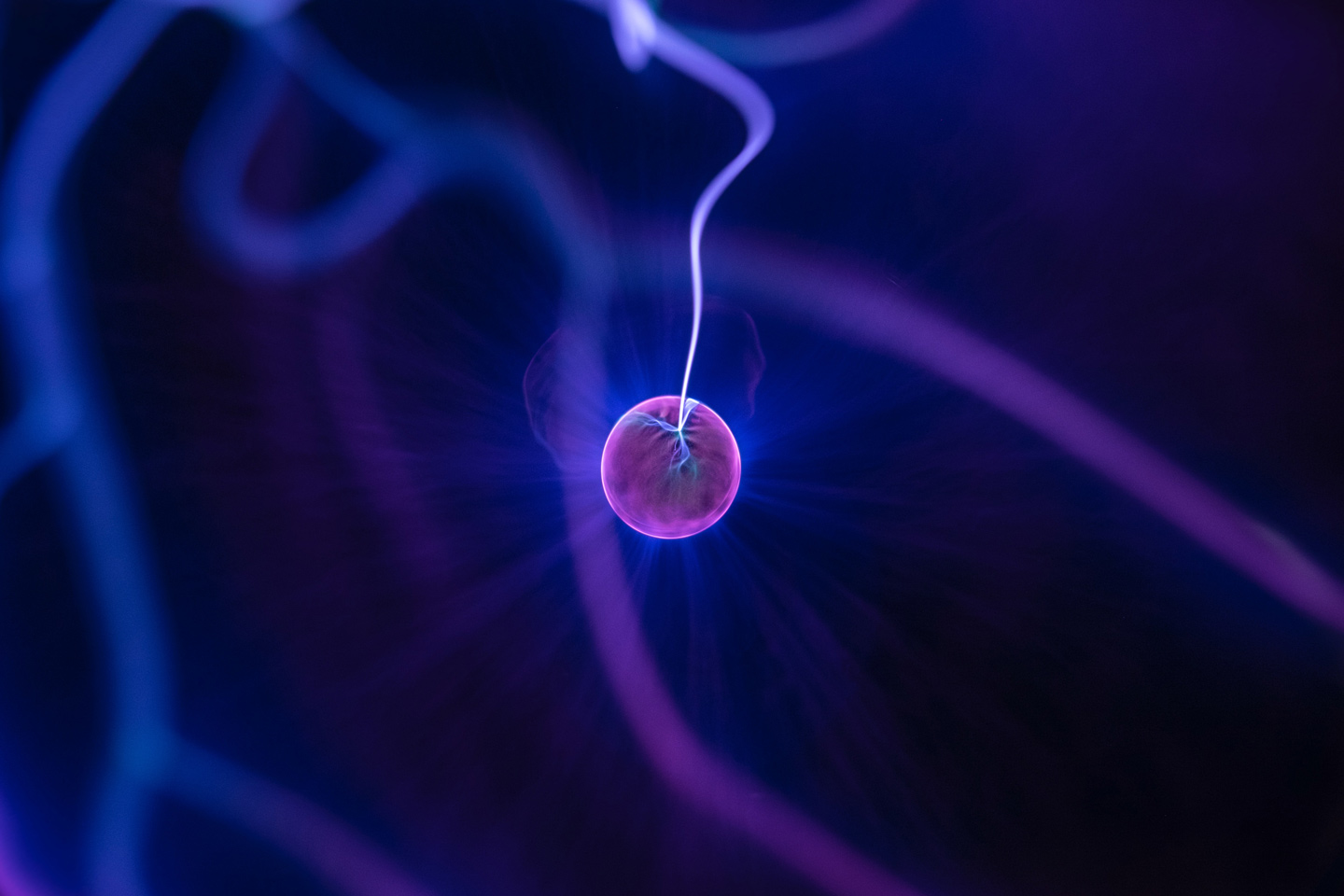Neuro
For founders pursuing commercial opportunities in the neuroscience space.

- All Ventures
- CDL-Toronto
Sinaptica Therapeutics
Sinaptica Therapeutics has developed SinaptiStim™, a personalized rTMS (repetitive Transcranial Magnetic Stimulation) neuromodulation system delivering non-invasive, ML-driven neurostimulation to enhance neuroplasticity in key brain networks to slow the progression of Alzheimer's. Current treatments for Alzheimer’s are minimally effective in delaying cognitive decline, are burdened by IV infusions, brain bleeding/swelling, and require costly MRI monitoring. Sinaptica addresses this by targeting the Default Mode Network (DMN), an area of the brain related to episodic memory, using a novel approach that enhances neuroplasticity via neurostimulation, offering a safer and more cost-effective alternative for treating Alzheimer’s than invasive anti-amyloid drugs and other non-invasive brain stimulation methods. Sinaptica has been granted FDA Breakthrough Designation for their SinaptiStimTM system.
Lantern Laboratory Inc
Lantern Laboratory has developed an intraoperative brain monitor that uses proprietary algorithms to analyze EEG signals in real time, optimizing anesthesia care. Anesthesia dosing is currently subjective, and incorrect dosing can lead to serious consequences, such as postoperative delirium, long-term cognitive decline, and increased mortality. Lantern’s brain monitor provides real-time, patient-specific data on cognitive age and pain perception (nociception) independent of sedation, capabilities not currently offered by any FDA-cleared device, to optimize analgesia and sedation and reduce postoperative complications. What sets Lantern apart is its integration of data from over 2,000 surgeries at Columbia University and the team’s expertise in surgical and computational neuroscience.
Neuralenz
Neuralenz has developed a non-invasive, photonics device that continuously and quantitatively measures cerebral blood flow and intracranial pressure, targeting neurocritical care applications such as stroke, traumatic brain injury, and dementia. Currently, Neurologists rely on continuous data obtained from invasive intracranial sensors to diagnose and manage interventions for neurocritical care patients. Neuralenz can obtain the same data with a non-invasive device using advanced optical and machine learning technologies, providing highly specific brain signal measurements with superior accuracy and cost-efficiency while reducing patient risk by avoiding invasive procedures.
Canurta Therapeutics
Canurta Therapeutics is a biotech company that has developed a proprietary platform that can produce high-purity botanical compounds for neurodegenerative disease treatments, particularly ALS. Current treatments for ALS often target only a single pathway, leaving patients with limited solutions. Canurta’s CNR 401, derived from rare botanical sources like cannflavins, provides a more comprehensive multi-pathway treatment. The venture’s ML-powered platform enables the efficient extraction, design, and testing of these rare molecules. Canurta leverages cutting-edge research from the University of Guelph and is backed by a team with proven success in bringing botanical drugs to market, which will help position the company well for regulatory approval and market traction.
Neuradaptive
Neuradaptive is developing an adaptive neuromodulation device designed to stimulate neural circuits involved in learning and memory, initially targeting stroke and traumatic brain injury (TBI) recovery. Their device integrates precisely timed deep brain stimulation with personalized, AI-enabled behavioral training, offering a more targeted and effective alternative to existing therapies for neurological conditions. This approach not only accelerates cognitive recovery for stroke and TBI but also holds the potential for inducing durable neuroplasticity and slowing the progression of neurodegenerative diseases.